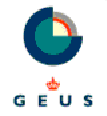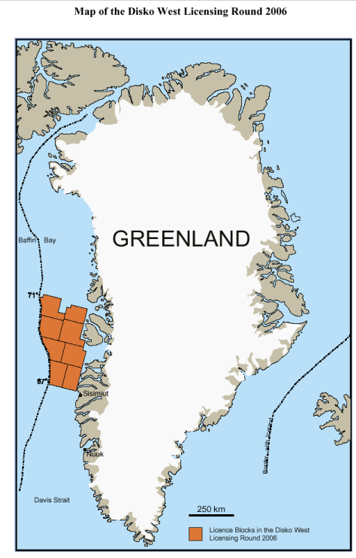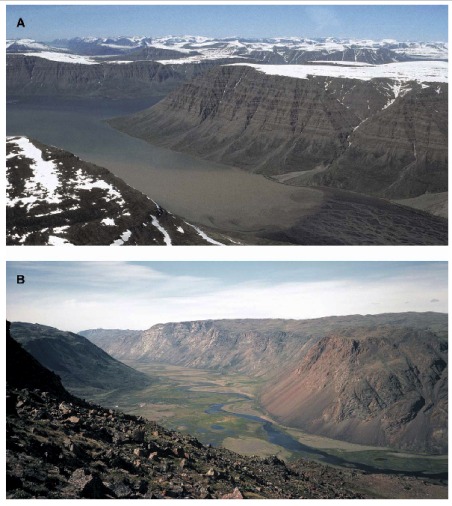 |
 |
 |
 |
 |
 |
||
 |
|||||||
 |
 |
OFFSHORE WEST GREENLAND: PHASE 2
THERMAL AND BURIAL HISTORY RECONSTRUCTION IN
SEVEN WELLS BASED ON AFTA AND VR, CONSTRAINED BY
SONIC VELOCITIES AND NEW STRATIGRAPHIC DATA:
Including reassessment of previous work, New results,
integration with regional tectonic framework and
implications for generation and preservation of hydrocarbons
OUTLINE PROPOSAL


Background:
In 1999, Geotrack International Pty Ltd provided a report for Phillips Petroleum Co. (Geotrack Report #732) describing Thermal History Reconstruction in six wells located Offshore West Greenland. The wells are: Hellefisk-1, Ikermiut-1. Kangamiut-1, Nukik-1, Nukik-2 and Gjoa-1 (the latter is located in Canadian waters).This report has been available on open file from GEUS (Copenhagen) for some years. Over this time understanding of the stratigraphy of the offshore region has advanced, additional vitrinite reflectance (VR) data have become available from GEUS, and one more well has been drilled offshore. In addition, new information from the onshore margin, based on integrated AFTA, VR and geomorphological investigations has led to a more rigorous understanding of the tectonic framework for the onshore region.We propose a reassessment of our original study, incorporating this new information, with input from GEUS personnel, to provide a more complete description of regional variation in thermal history in the offshore region and the resulting implications for hydrocarbon prospectivity.
Proposed work:
- Revision of stratigraphic data in offshore wells based on recent biostratigraphic investigations.
Deliverables:
Results will be presented in a series of reports, produced and distributed by Geotrack International.
The reports will include:
Timeframe:Delivery of the final report will be March 1st 2010
Benefits:
The results of the study will allow definition of the timing and magnitude of the dominant paleo-thermal episodes that have affected the offshore section. This, in turn, will allow mapping of the influence of variation in source rock thermal histories on hydrocarbon prospectivity across the offshore region, allowing definition of more prospective areas where peak source rock maturation occurred after formation of structures.
The thermal history solutions from AFTA and VR also provide rigorous constraints for basin modelling, enabling more reliable and accurate prediction of patterns of hydrocarbon occurrence (although this is not included in this study).
Further information:
For further information, contact Paul Green or Dr Peter Japsen, Geological Survey of Denmark and Greenland (GEUS), Øster Voldgade 10, DK-1350 Copenhagen K, Denmark.